In 2007 Retronauts podcast #14, the topic for discussion was the videogame mascot: how it rose into prominence, and then sort of faded away, and why. The blurb shows the general lack of enthusiasm for the topic: "Who killed the video game mascot? The Retronauts get to the bottom of the mystery, but not because they really care. Seriously, good riddance." There's a few different answers, I think. One is the switch to first person gaming. First person perspective encourages a focus on weapons and abilities that affect others rather than appearance and physical moves. (It took a while for 3-D games to realize this--that's why late nineties FP platform sequences are almost universally hated.) And thus, you get a shift from controlling a cool character to being the PC. (I'm generalizing wildly.) Another explanation is the increase of graphical sophistication--if players could design their own protagonist now, why would they want to stick to some premanufactured version? Another argument is that with more sophisticated story techniques, the new characters that we do get--Kratos, Drake, even Chell, to an extent--are too well-rounded to represent in the same way as a symbol like a mascot does.
Another answer, however, is that we're defining mascot wrong. In What do pictures want? W. J. T. Mitchell has a brief footnote defining the mascot in terms of totem, which is to contrast the fetish and the idol. The idol means raising image or picture to the level of God--the Biblical golden bull being the typical example. The fetish means proliferating and experiencing the image over and over again--the image as consumer culture piece. In contrast, the totem is supposed to represent a third option, treating the image as something relative and familiar--still a concept, still an idea, but not a dominating one. Under that definition, a mascot is something that is relatively low in rank, but suddenly elevated, without forgetting its low status. The sports mascot is the perfect example: it ranks below the players, and is often actually a form of lowly animal, but it is temporarily elevated as the focus of the audience's attention. Under that definition, what we typically regarded as videogame mascot is actually a videogame idol or a videogame subject of fetishism--Sonic, for example, is an idol of speed. Duke Nuke 'Em, an idol of masculinity and power. And Lara Croft would be a combination of fetishism and idolatry--depending on whether you interpret her as feminist icon or eye candy.
But there are still mascots. They would be the low characters of a videogame, elevated to an inflated status. The Prinnies in the Disgaea series--winged, combustible penguin slaves--would qualify. So would the slimes, the forever cheerful, forever disposable critters of the Dragon Quest franchise. It might be stretching the point a bit, but I think the case could be made for even the moogles and chocobos of the Final Fantasy series being mascots. Of course, the line between mascot and idol and fetish can be very thin--I remember one Dragon Quest game that advertises Slime plushies, Slime-shapped controllers, and even a slime-based energy drink. But there's still something in Mitchell's concept of mascot that persists in the videogame form. (And I know that all of my examples here came from Japanese games--I'm not sure if that's a reflection of the series I feel familiar with, or if that's a reflection of Japanese culture. Take your pick.)
I think, if you're willing to stretch the definition a bit, you could argue that Mario, by this definition, was originally a mascot--a low figure (fat, middle-aged plumber) brought temporarily high. And the series constantly puts various mascots in the spotlight: everyone from Luigi to Princess Peach to Donkey Kong Jr. got their own game at one time or another.
The question is, what purpose does the videogame mascot serve? Well, let's do a comparison to the real life mascot, and see if it holds true. First, they're comic relief.
Check.
Second, they're in an in-joke to the fans, something that can rally them together, and identify them as fans.
That's a check.
And finally, they serve to bind together disparate elements. There may be new iterations--whether a new team member or a new series--but the mascot will be there, to keep the continuity of the larger group together.
That's a check.
Videogame mascots. The enduring totem for your JRPG of choice.
Later Days.

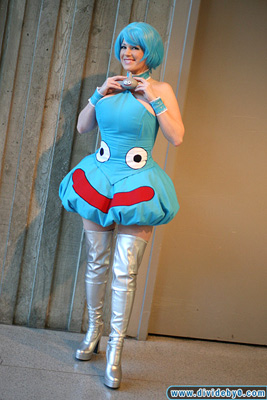

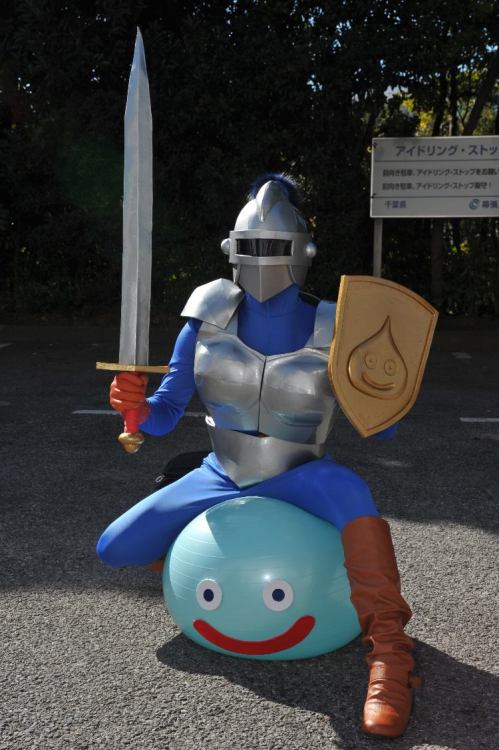

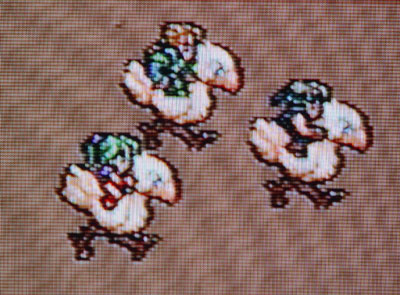
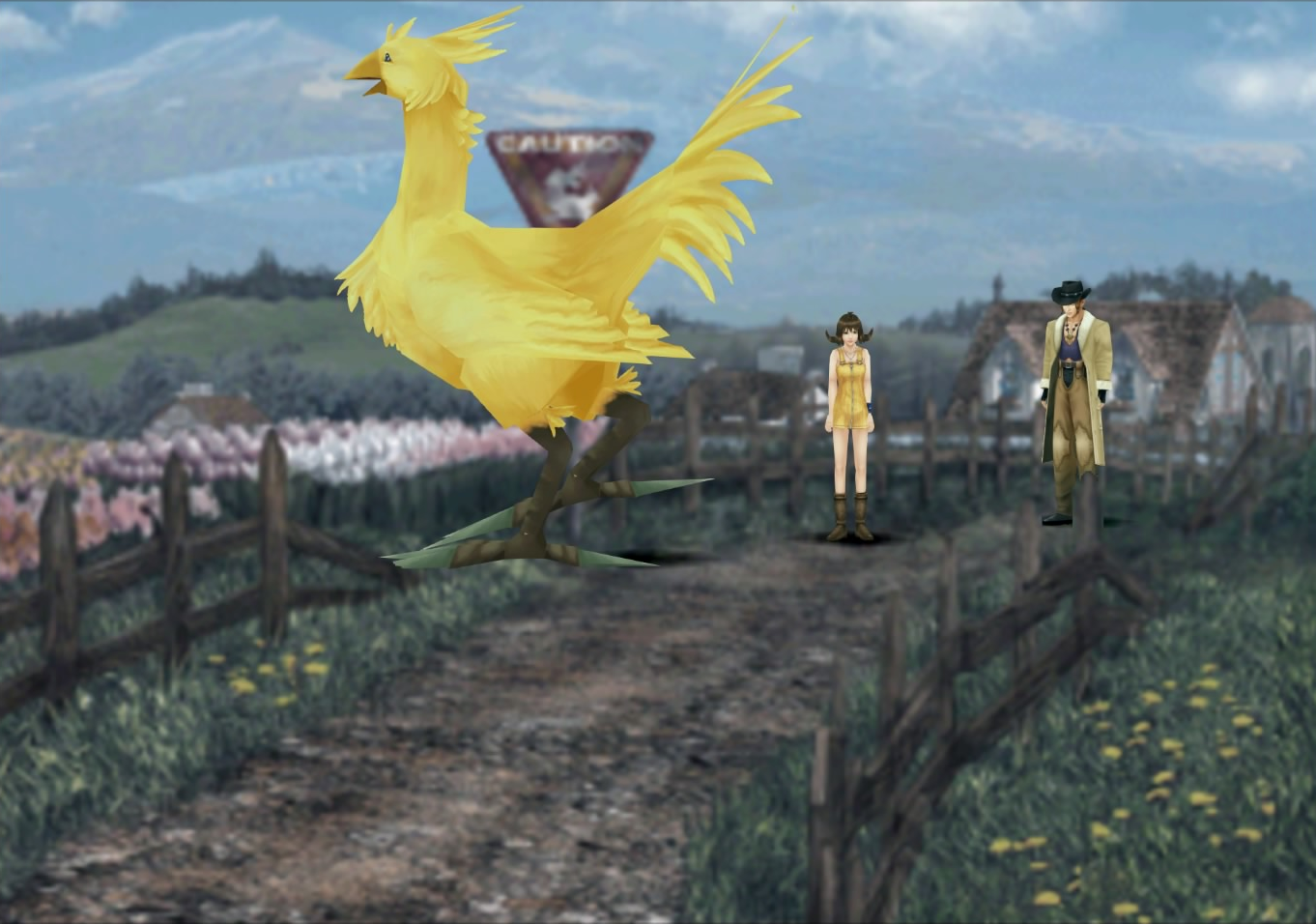

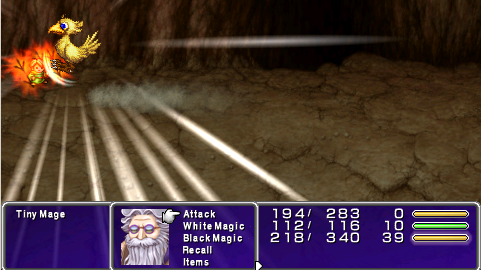
No comments:
Post a Comment